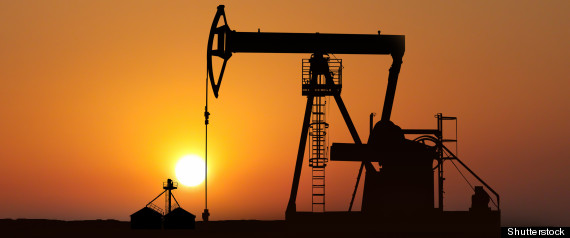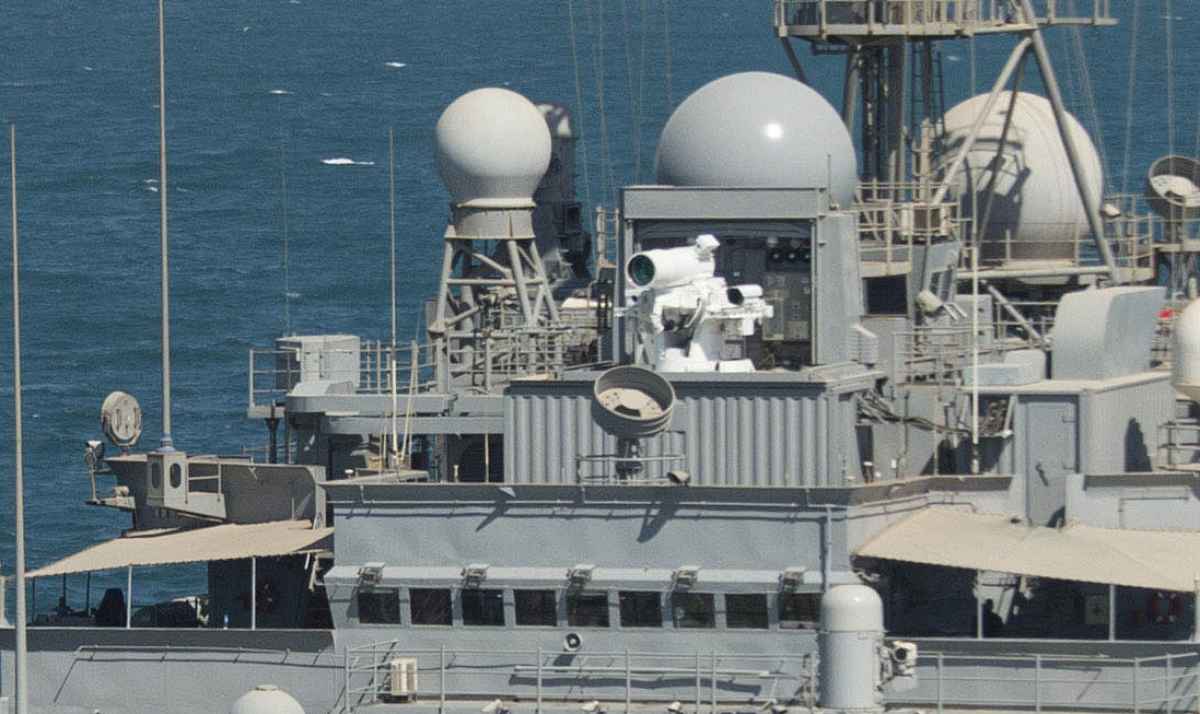Shale oil and gas could potentially have incredible effect on the current international geopolitical balance. Briefly explained, shale gas is a natural gas that is trapped within fine grain sedimentary rocks called shale or mudstone. Deposits are found in, but not limited to the US, Europe, China, Russia and many areas in North America. Techniques (fracking) associated with its extraction involve shattering deep underground rocks.
Shale gas exploitation could entail a reduction in oil dependence on the Middle East, perhaps the most notoriously volatile region of the world. Alongside the expensive mining operations in Alberta’s Oil Sands, the dangerous and costly initiatives undertaken in the Arctic and the risky investments made in unstable countries like Nigeria, shale oil is arguably one of the most viable sources of energy. It boasts increased energy security without the exorbitant costs.
Canada however, has been watching the rising shale energy production of its neighbour, the United States, with alarm. Currently, the US is the only country experiencing a shale energy revolution. Estimations that they will soon become a net exporter of shale oil, has earned international awe. The American experience has signaled to governments worldwide that the successful production of shale oil offers major strategic opportunities. It has also presented to Canada a potential threat to its oil industry: declining demand.
It is the surging oil production in the United States and subsequent contraction of the US market that is the most frightening and threatening development for Canada. Canada is the largest foreign supplier of energy to the US with nearly 99% of its oil directed to the South. Alarmed by surging oil production in the US, Canada has ambitions to expand its clientele and enter Asian markets. A large impediment to exporting oil to Asia however is the inability to reach to the market; Canada lacks a pipeline to the Pacific.
Meanwhile, to keep its foot in the door, Canada is pushing the US to approve plans for the construction of the Keystone pipeline system to transport Canada’s crude oil to refineries in Texas. Large demonstrations of environmental activists and President Barack Obama’s declaration that the US would not pursue the Keystone project if found that it increases greenhouse gas emissions, have prevented approval of the pipeline to date.
Yet, it bears asking if Canada’s continued investment in the Keystone Pipeline is equivalent to backing the wrong horse. Does intensified development of Alberta’s Oil Sands come at a higher environmental cost when there is no pipeline to serve them adequately? At the same time, environmental groups warn that the fracking process is riddled with high environmental risks and presents an example of the law of diminishing returns. It is argued that despite investments and efforts as development advances, less is likely to be extracted.
Quebec has already begun to signal where it stands on shale oil and gas. On May 15th, 2013, Yves-Francois Blanchet, the Minister of Sustainable Development, Environment, Wildlife and Parks, announced that the province was tabling legislation that would critically affect shale gas exploration and production. Minister Blanchet insists that it is a necessary step to protect groundwater and water catchment facilities in Quebec. Quebec is by no means the only region in Canada rich in shale gas deposits. However, this region does have the largest and most viable deposit.
The crux of the matter is that Canada is facing a difficult policy choice over shale oil and gas. At the moment the Federal government and provincial governments are carefully mulling it over. As a nation dependent on exports of which oil is a key component, making the correct decision is critical.




